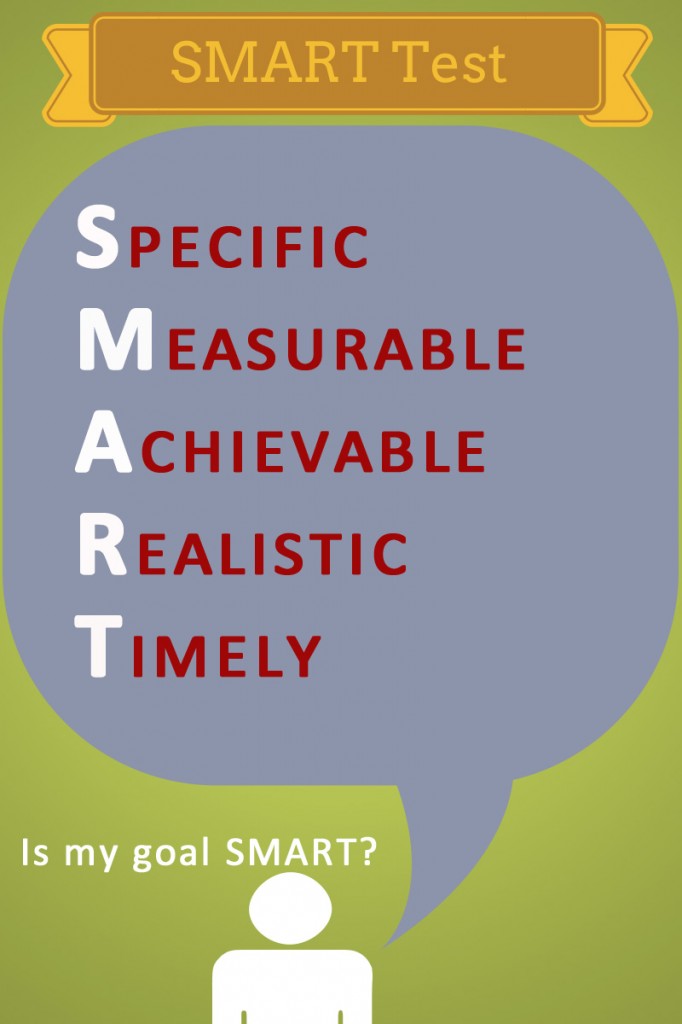
In my previous post on this topic (Goals: Simple Steps to Getting What you Want), I introduced the road map to follow to arrive at your destination of Goal Achievement and I outlined 10 simple steps that will get you there. Now, let’s dive into the specifics and begin to chart your course.
Begin by defining the “What”. This sounds easy but often it is not. The acronym SMART is often used as the success test. The acronym stands for Specific – Measurable – Achievable – Realistic – Timely. In this step, we are going to focus on the first three of these letters – Specific, Measurable, and Achievable. Without these elements in your plan, you will never know when you achieve your goal.
Sometimes this step is easy such as “I want to retire” or “I want a promotion”. But often it needs more definition as with the goal of a new job or new career. This goal needs more definition around the type of job, the type of company, industry, geography, etc.
As an example, if you say that your goal is to lose weight, it is vague and uninspiring. However, if you say that you are going to lose 10 pounds in 30 days, it is more specific and energizing. Expand this further by saying that you are going to lose 25 pounds in 90 days to create even more energy and inspiration.
Personal feelings are often an area for making a change. These can be turned into goals such as reducing negative feelings of stress or anxiety. Alternative positive feelings to add would be feelings of calm, patience, joy, or kindness. The challenge with this type of goal is determining the measurement. When will you know that you have achieved this goal?
Goals should always be stretch goals, ones that you have no ready-made strategy for achievement. Thus, they may not seem “Achievable” at the goal setting stage. You must strike into the unknown and this may seem daunting. How do you get from here to there? Have confidence that the process works and one small step will lead to another as long as commitment and determination remain strong. The journey could take some time.
Determine the “When”. What is your deadline? Is this a six-month goal (short-term), a one-year goal (medium term), or a 5 or 10-year goal? It is difficult to plan effectively beyond a one-year horizon due to the unpredictability of the many factors affecting life. However some goals require long-term preparation, such as achieving a professional designation or credential, achieving a leadership position in your company or elsewhere or achieving a financial goal such as building a nest egg for a purchase or for retirement.
Once you determine the What by When for your goal, create momentum with a writing exercise. First, replace “I want” with “I will”. As an example: I want to lose 25 pounds in 6 months becomes I will lose 25 pounds by the date _______ (fill in the blank). Then create a future vision. Step into that date in the future when the goal is achieved and describe it. What does it look like? What does it feel like? How is your day different? What is your changed in your physical environment? Challenge yourself to write a page and be sure that your future vision celebrates your success!







No comments yet.